The seated hamstring curl is a popular and effective exercise to target the hamstrings, a crucial muscle group for enhancing leg strength and overall lower body functionality. Whether you are training for athletic performance, rehabilitation, or simply looking to build stronger legs, this exercise should be a staple in your routine. In this article, we will explore the benefits, proper technique, and tips for maximizing your results with seated hammy curls.
What is the Seated Hamstring Curl?
The hamstring curl seated involves using a specialized machine designed to isolate the hamstring muscles. Unlike standing hamstring curls, where balance and core stability are factors, the seated position minimizes these elements and focuses entirely on the hamstrings. In this exercise, you sit with your knees bent, placing your legs under a padded lever. As you curl your legs, you engage the hamstrings to pull the weight towards your glutes, effectively working the muscle group.
Benefits of Seated Hamstrings Curls
-
Isolation of the Hamstrings The primary benefit of the seated hamstring curl is the ability to isolate the hamstrings. This is particularly useful for targeting this muscle group when it is underdeveloped or requires more focused work.
-
Improved Hamstring Strength Regularly performing seated hamstring leg curls enhances hamstring strength, which is crucial for overall leg power. Strong hamstrings support knee stability, which reduces the risk of injury during other activities, such as sprinting or weightlifting.
-
Reduced Lower Back Stress Since the sitting hamstring curl minimizes the need for lower back engagement, it allows for safer training when compared to standing variations. This makes it an excellent option for those dealing with back pain or recovering from injuries.
-
Better Posture and Mobility Strengthening the hamstrings helps balance the muscles around the knee joint, improving posture and mobility. This can positively impact your ability to perform other exercises and athletic movements, especially those involving knee flexion.
Proper Technique for Seated Hamstring Curl
To maximize the effectiveness and minimize the risk of injury during seated hammy curls, it is important to follow proper form:
-
Adjust the Seat Start by adjusting the machine so that your knees are aligned with the machine’s pivot point. Your knees should be bent at approximately 90 degrees when sitting comfortably in the seat.
-
Set the Weight Choose an appropriate weight that allows you to complete 10-15 controlled repetitions. It’s better to start with a lighter weight to ensure proper form.
-
Position Your Feet Place your feet on the footpad with your toes pointing slightly down. The top of your lower legs should be under the padded lever.
-
Curl the Weight Using your hamstrings, slowly curl the weight towards your glutes while exhaling. Keep your torso stationary, and avoid using your lower back or hips to assist the movement.
-
Return to Starting Position Once you have fully contracted the hamstrings, reverse the motion in a controlled manner and return to the starting position. Resist the urge to let the weight drop quickly.
-
Repeat Perform 3-4 sets of 10-15 repetitions, depending on your fitness goals.
Tips for Effective Seated Hamstring Curls
-
Slow and Controlled Movement When performing seated hamstring leg curls, take your time during both the concentric (curling) and eccentric (returning) phases of the movement. This increases time under tension and maximizes muscle activation.
-
Mind-Muscle Connection Focus on contracting the hamstrings during each repetition. Actively squeeze your hamstrings at the peak of the curl to fully engage the muscles.
-
Avoid Overarching Your Back Keep your back flat against the seat during the entire exercise. Arching the back can reduce the effectiveness of the exercise and place unnecessary stress on the spine.
-
Progress Gradually As you get stronger, progressively increase the weight. However, always prioritize form over lifting heavier weights. Proper form ensures optimal muscle engagement and reduces the risk of injury.
Conclusion
Incorporating seated hamstring curls into your leg workout routine offers numerous benefits, from improving hamstring strength to enhancing overall leg functionality. By focusing on proper technique, controlled movement, and consistent progress, you can effectively target your hamstrings for better leg development and injury prevention. Remember to adjust the machine to suit your body, start with appropriate weight, and maintain a steady, focused pace throughout your sets. Whether you’re a beginner or an experienced lifter, sitting hamstring curls will elevate your leg training to the next level.

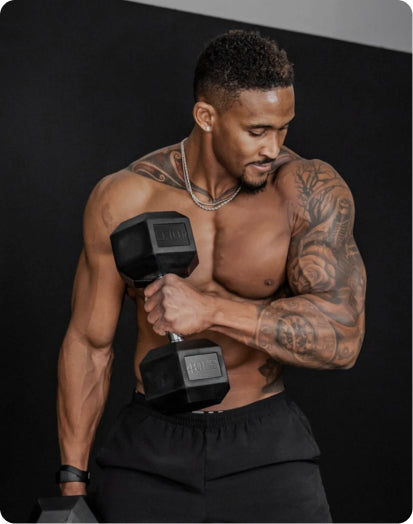
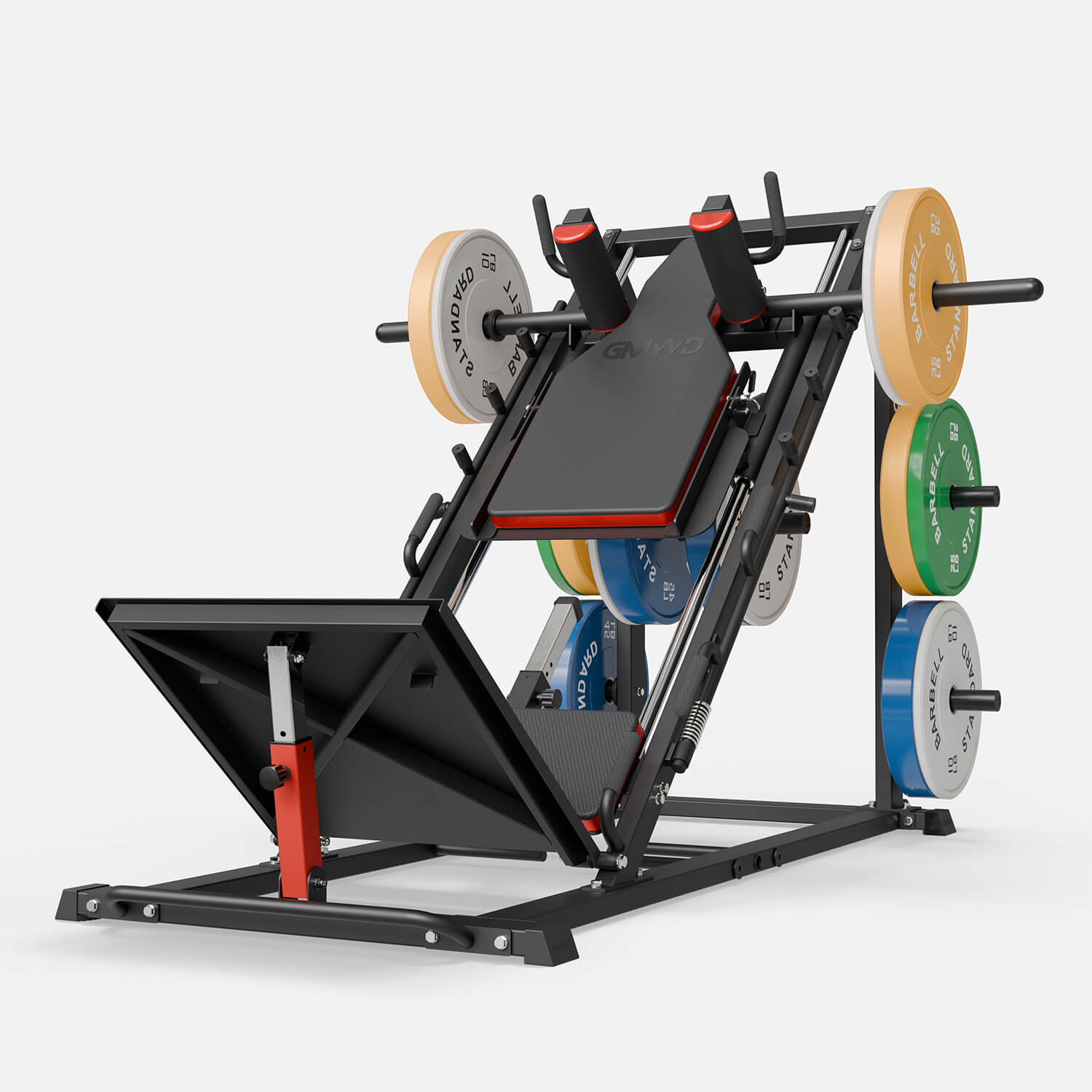
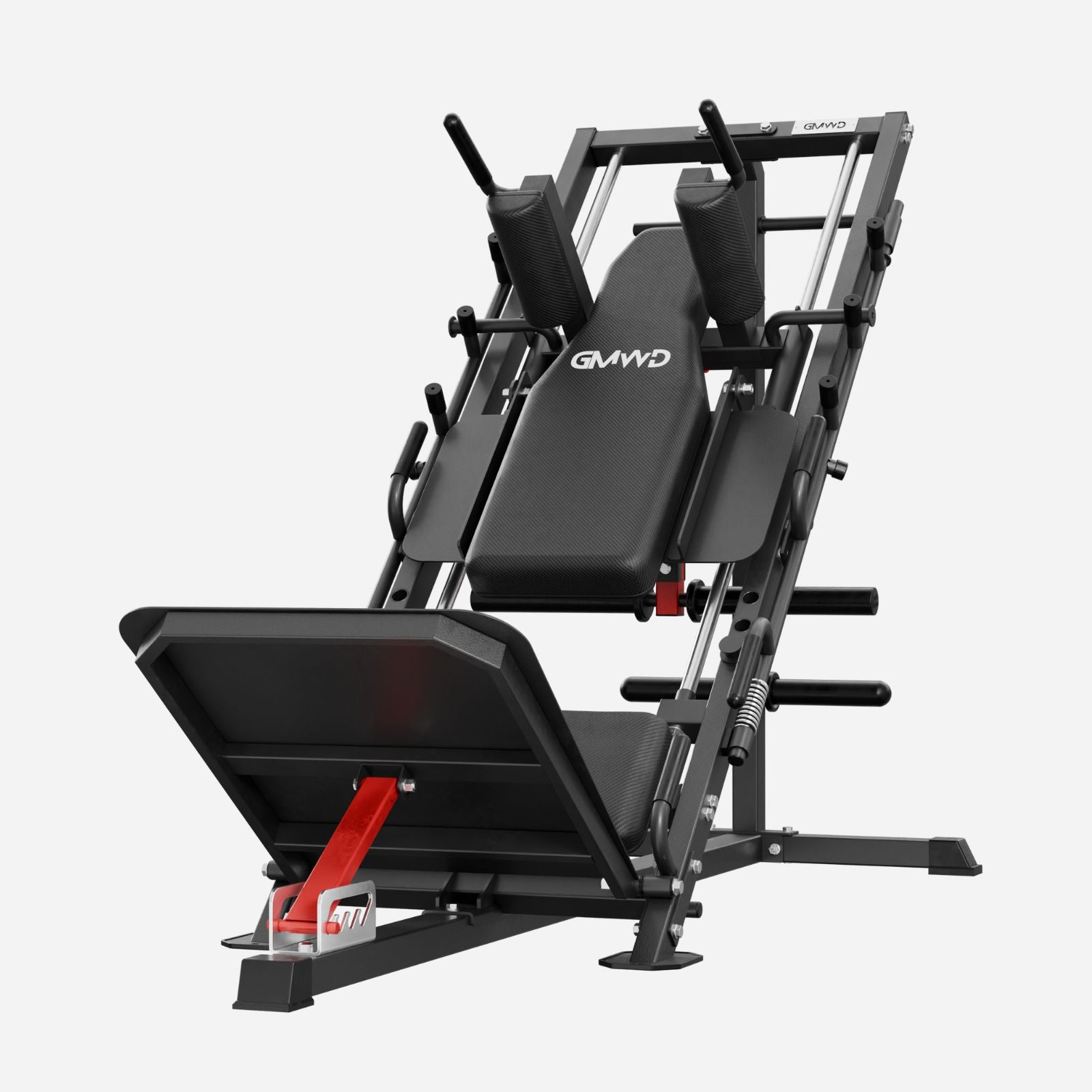
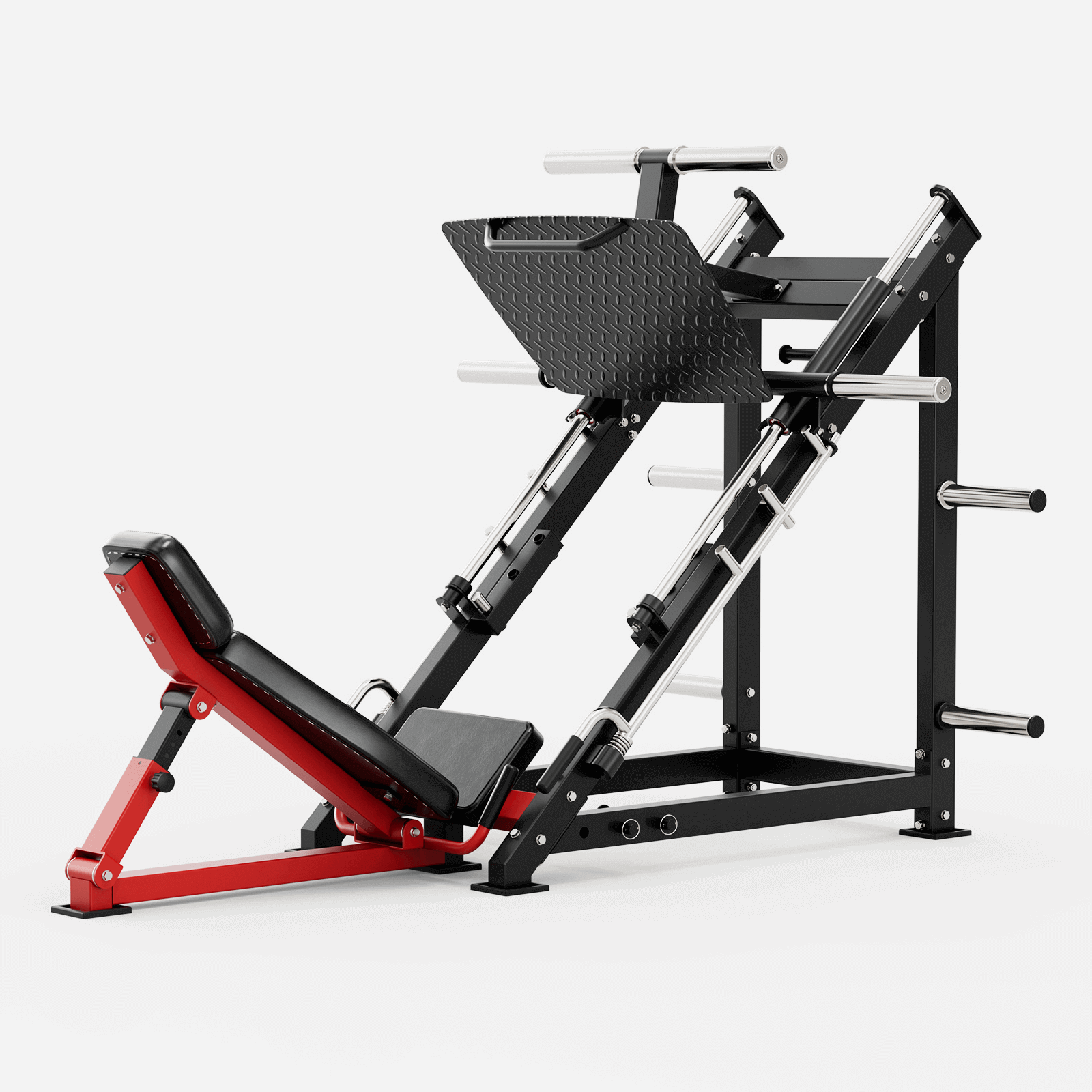
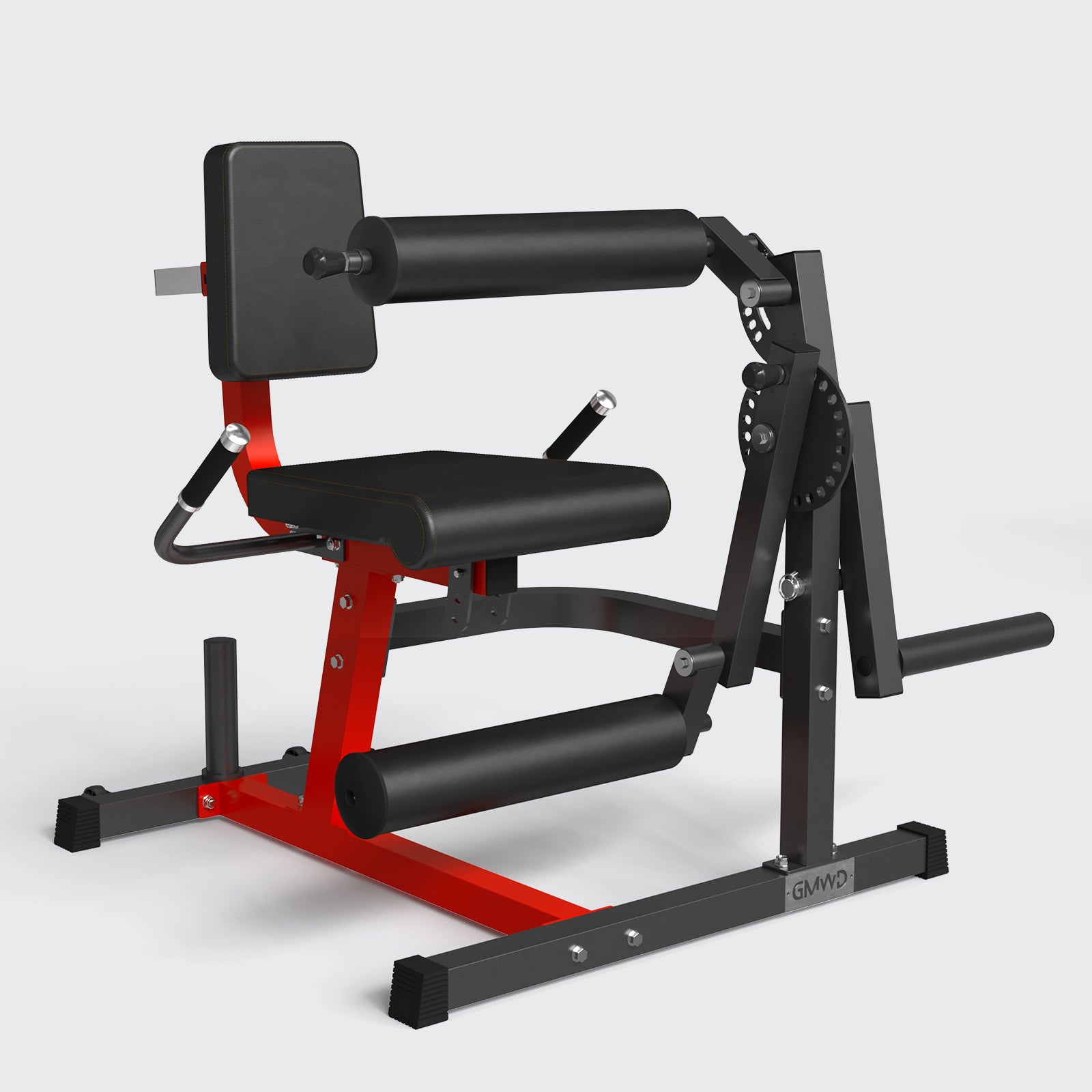
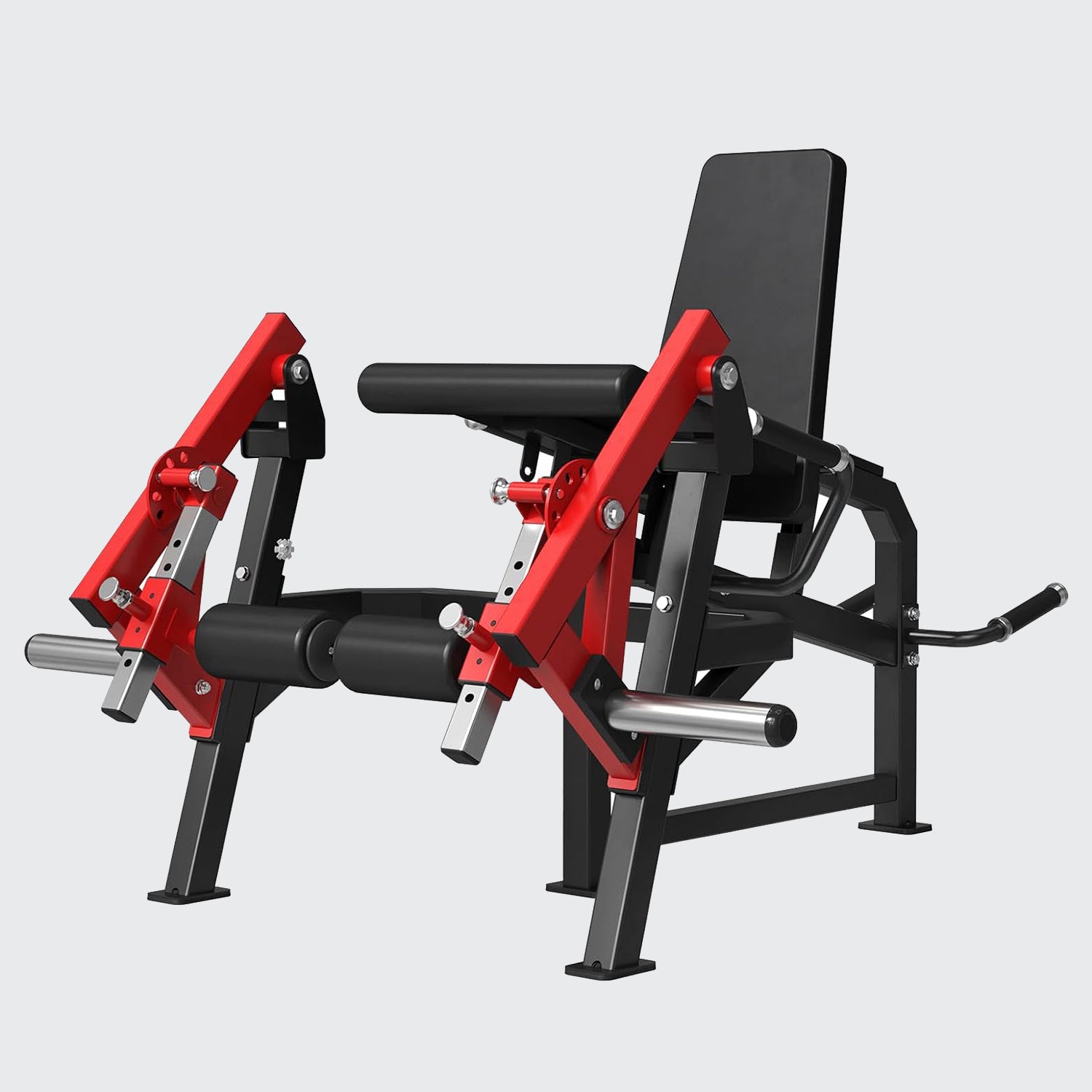
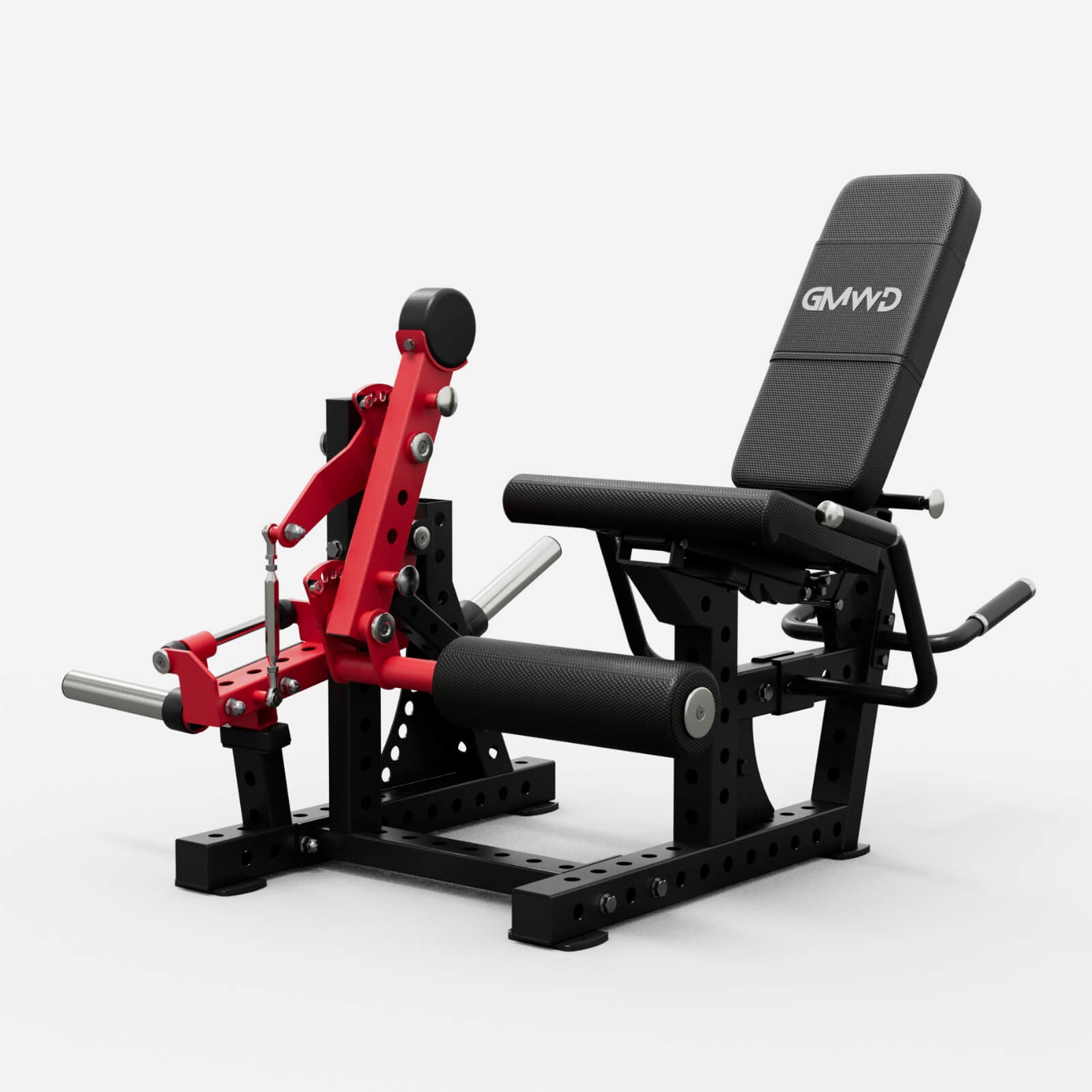
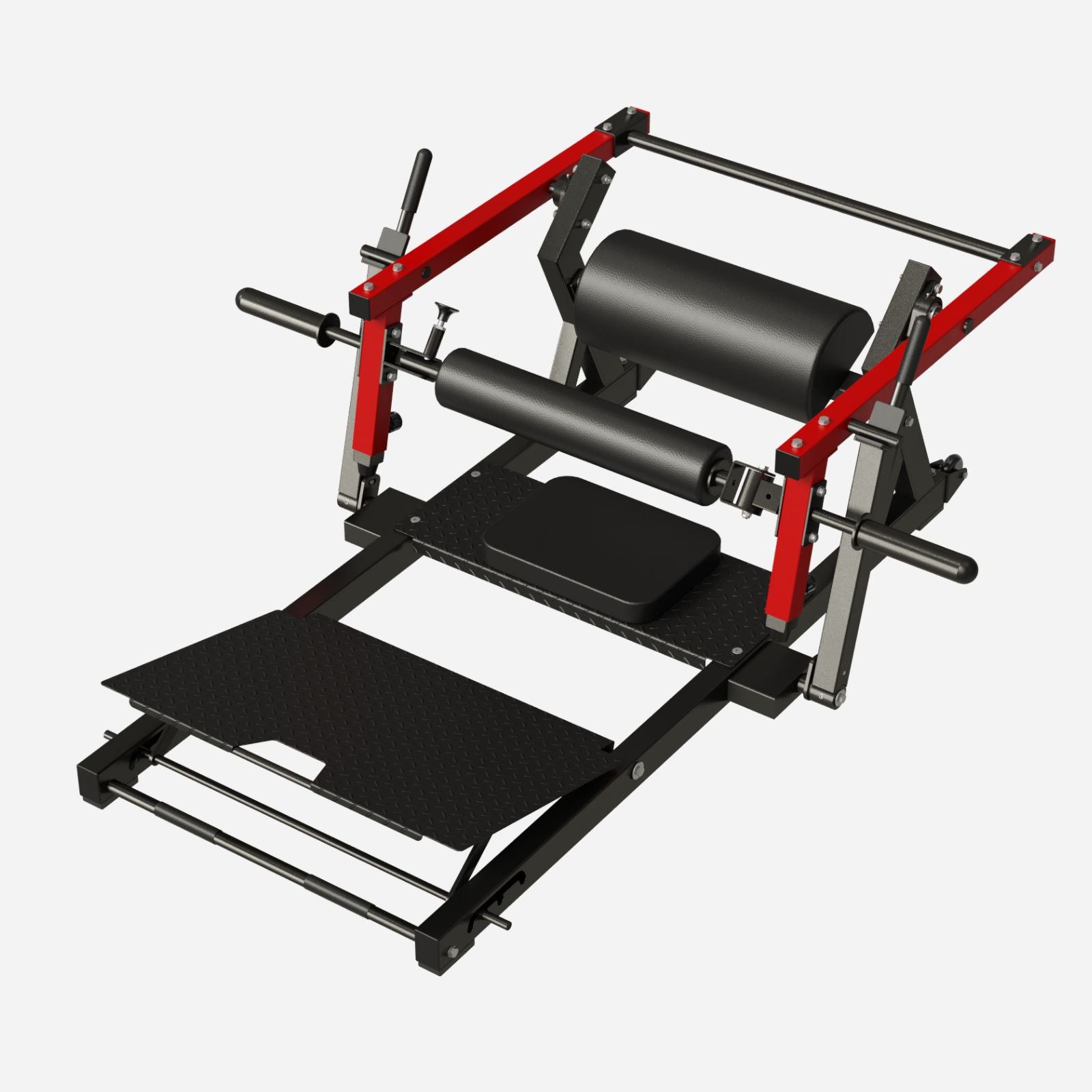
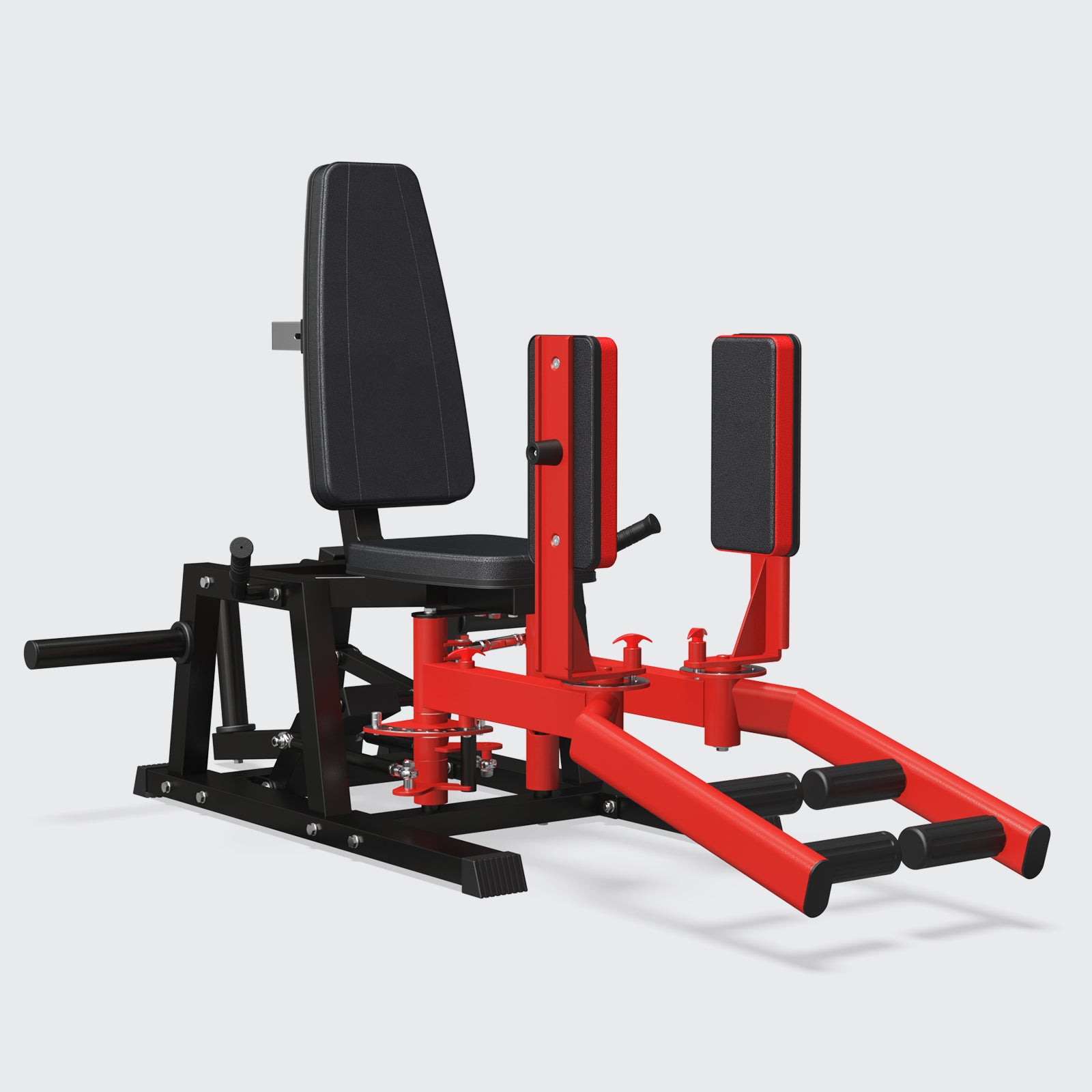
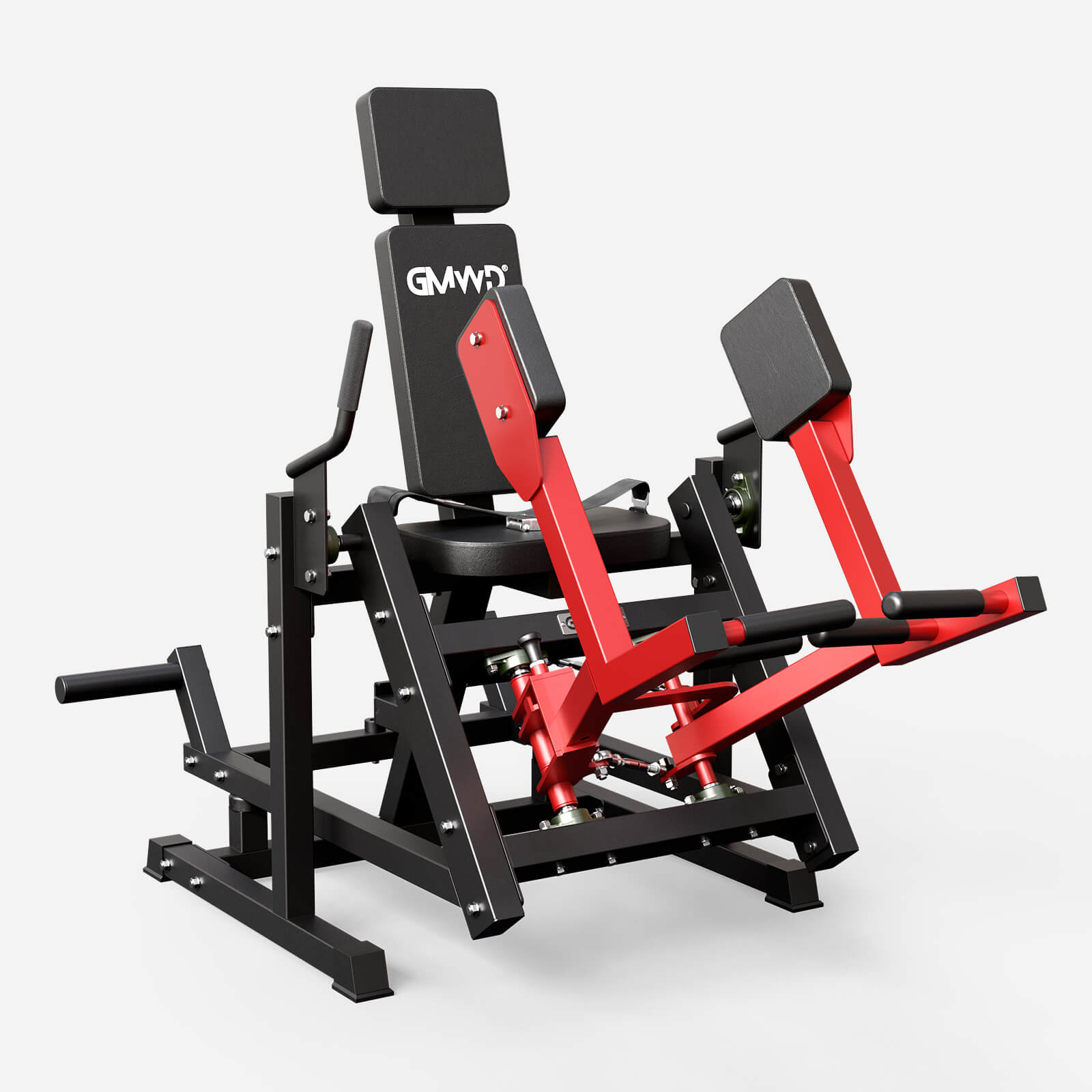
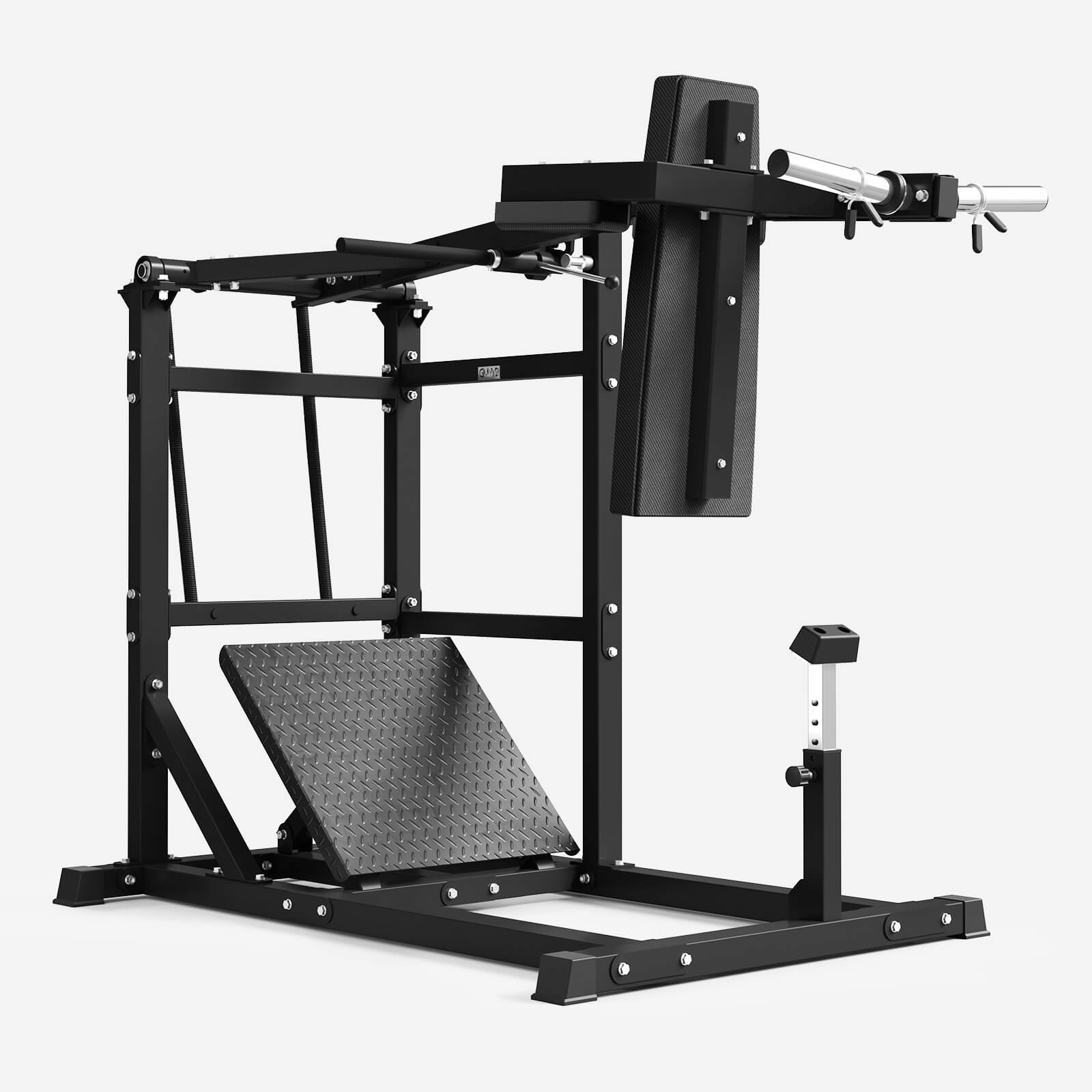
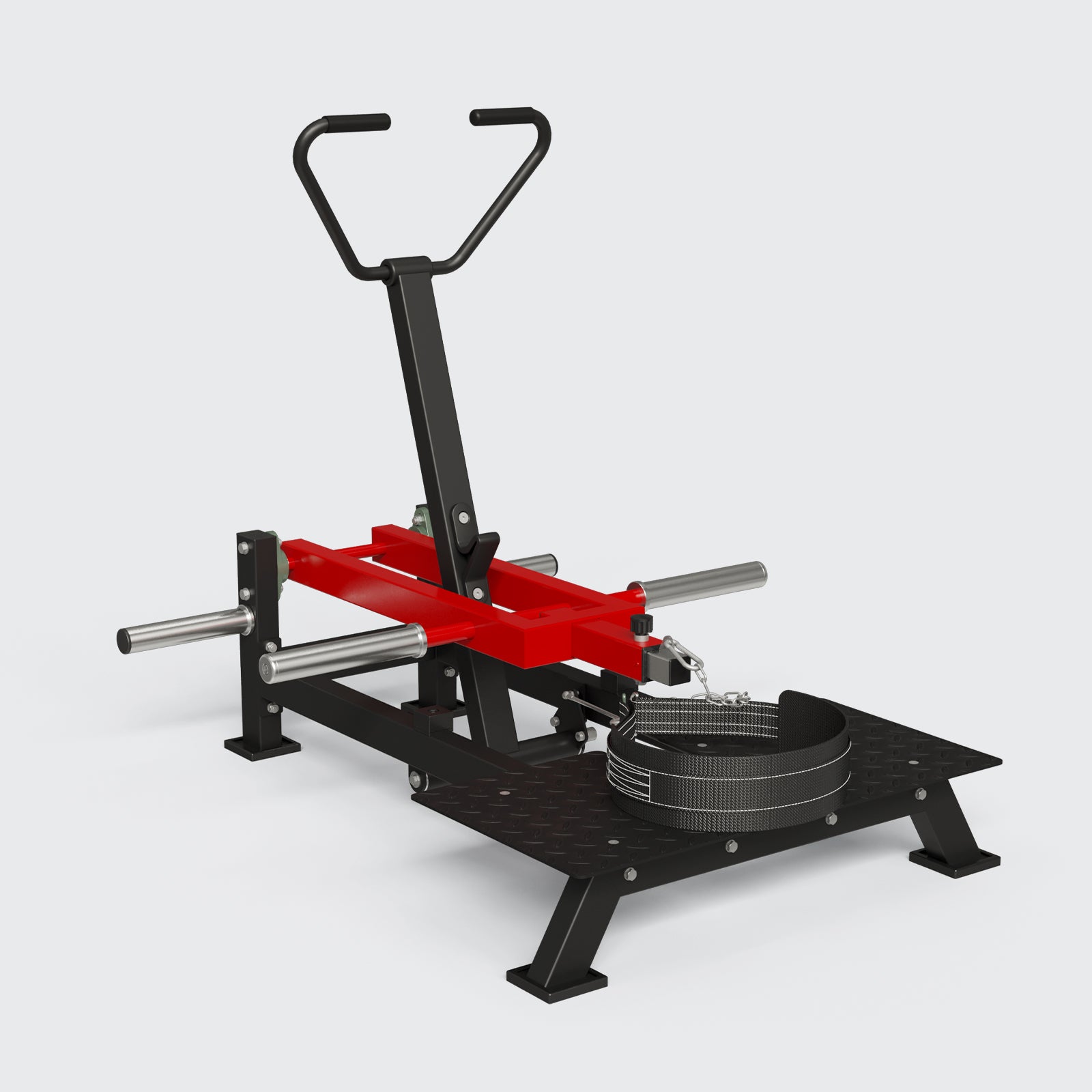
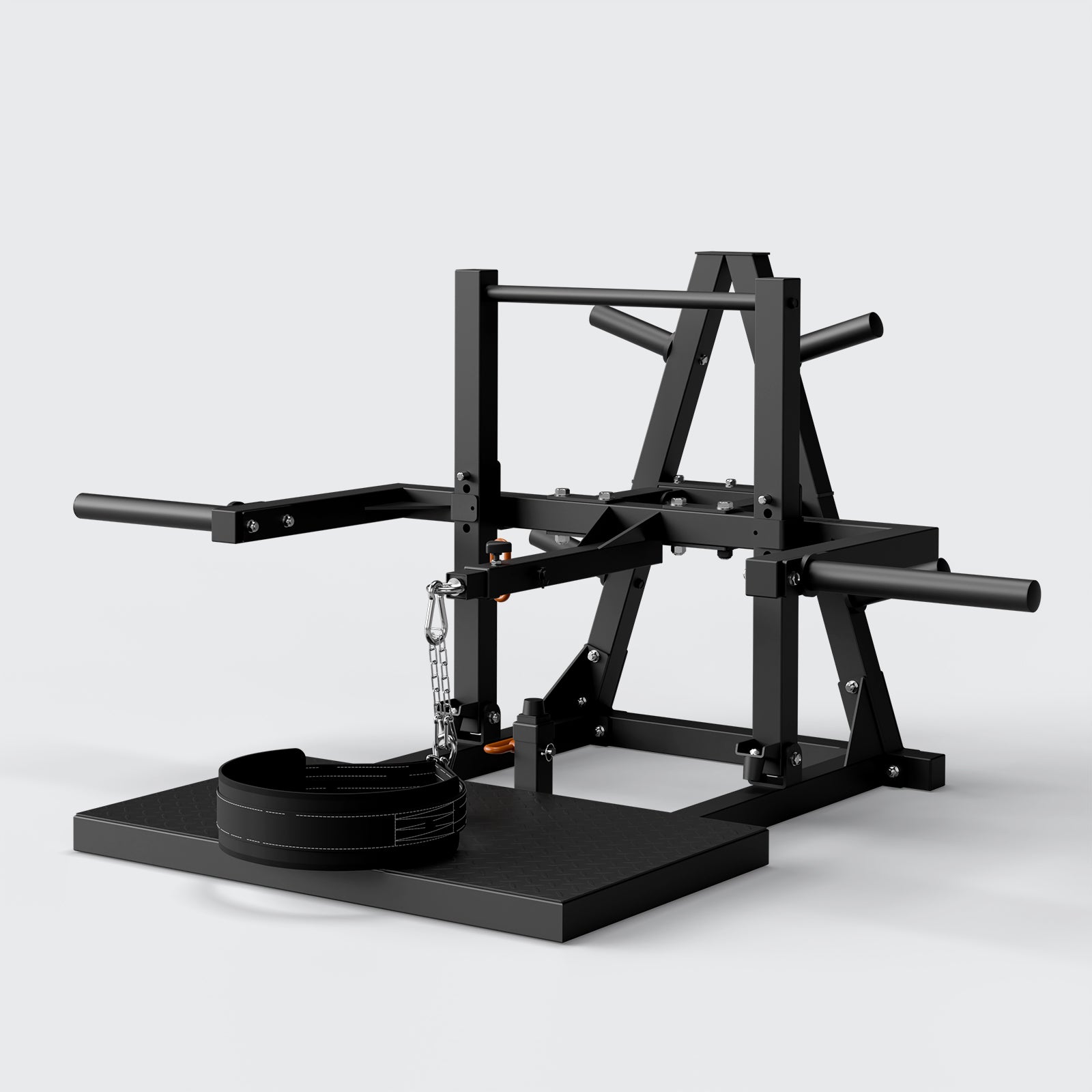
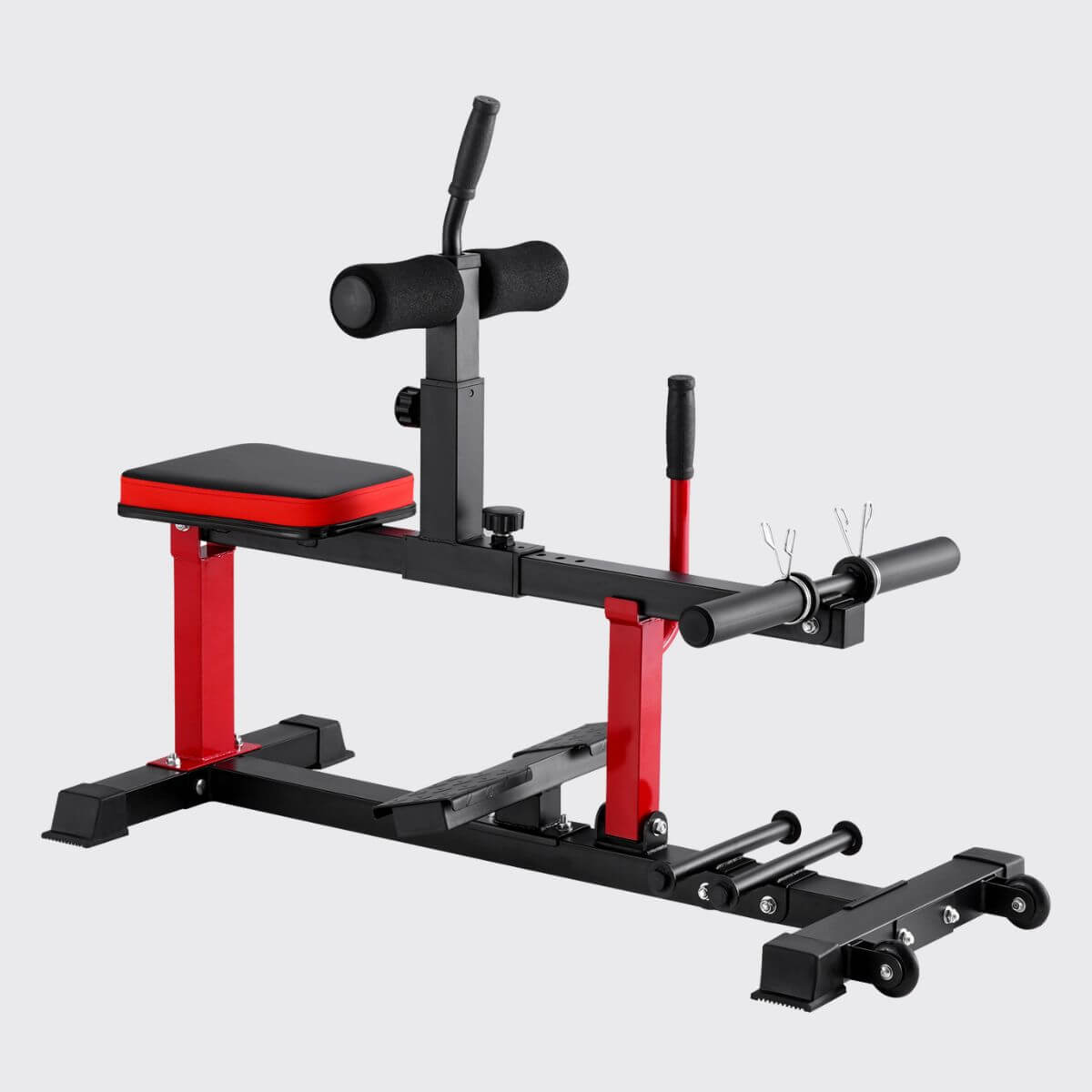
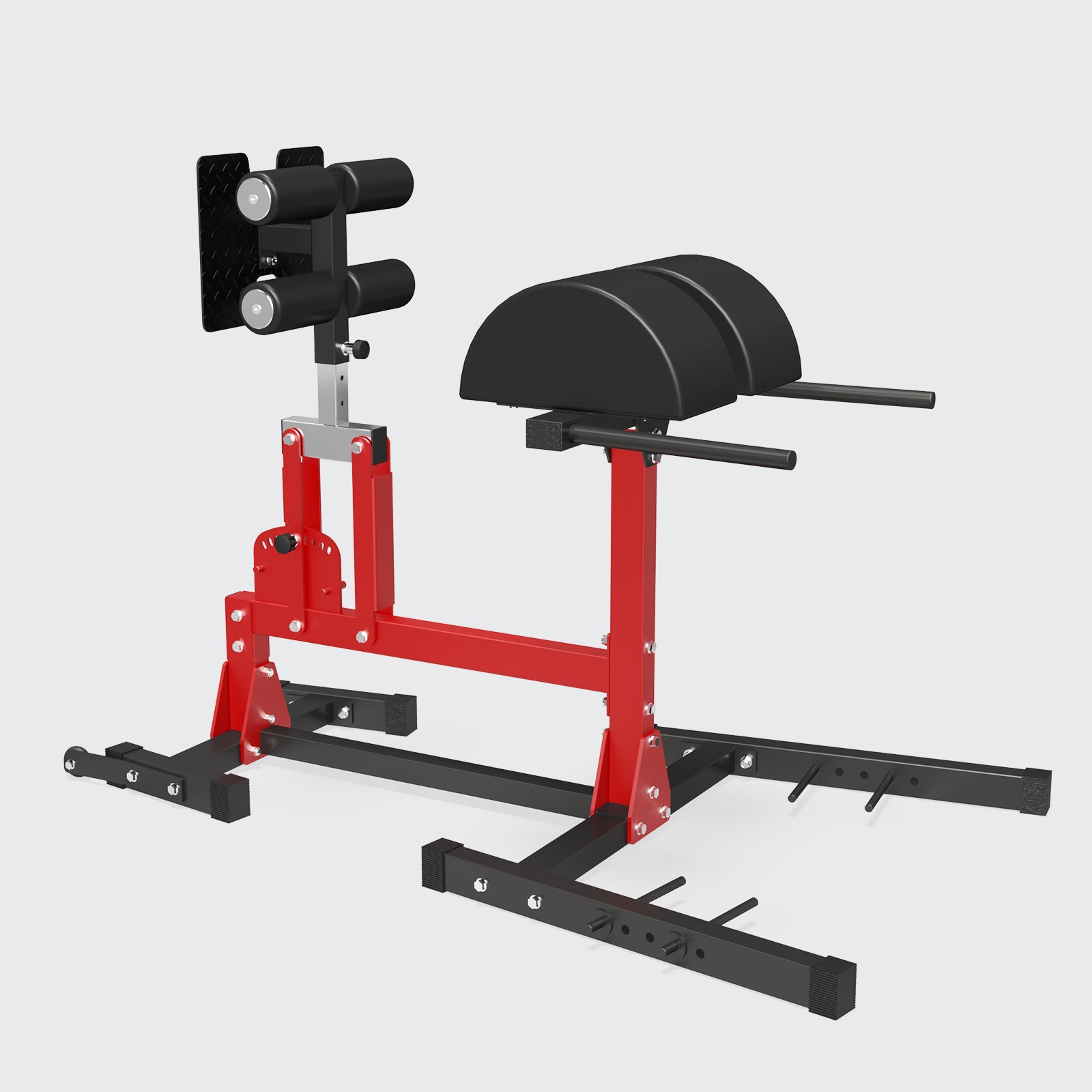
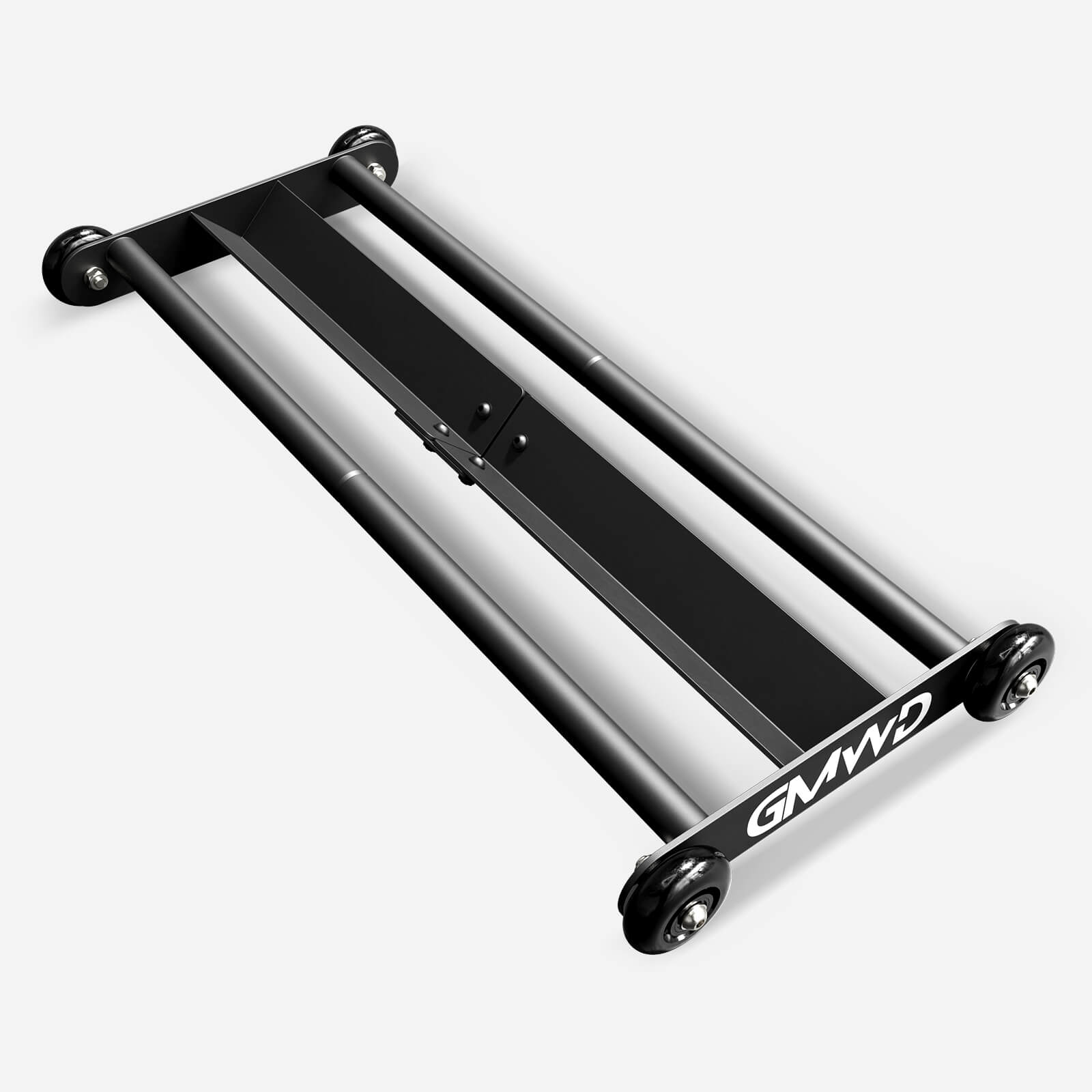
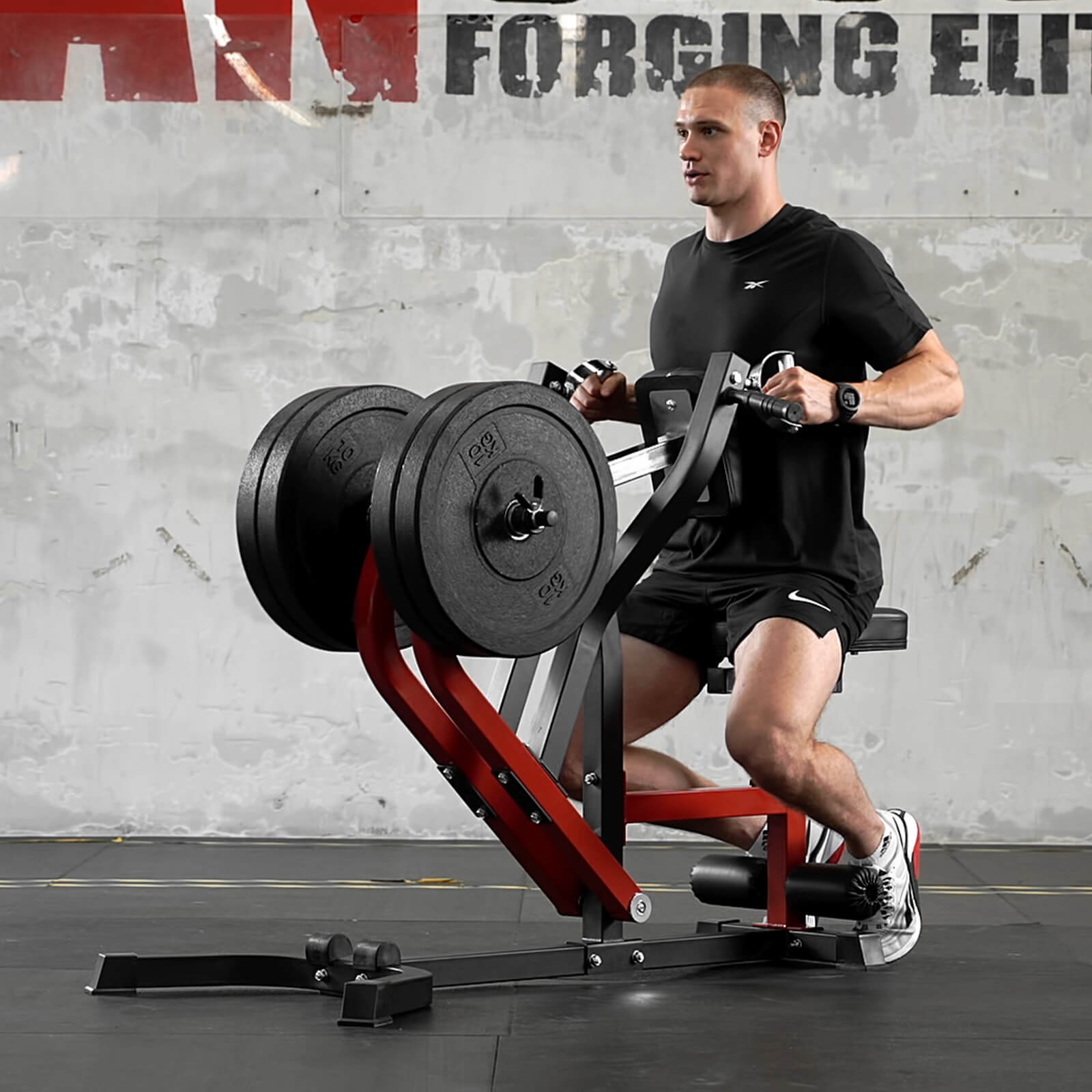
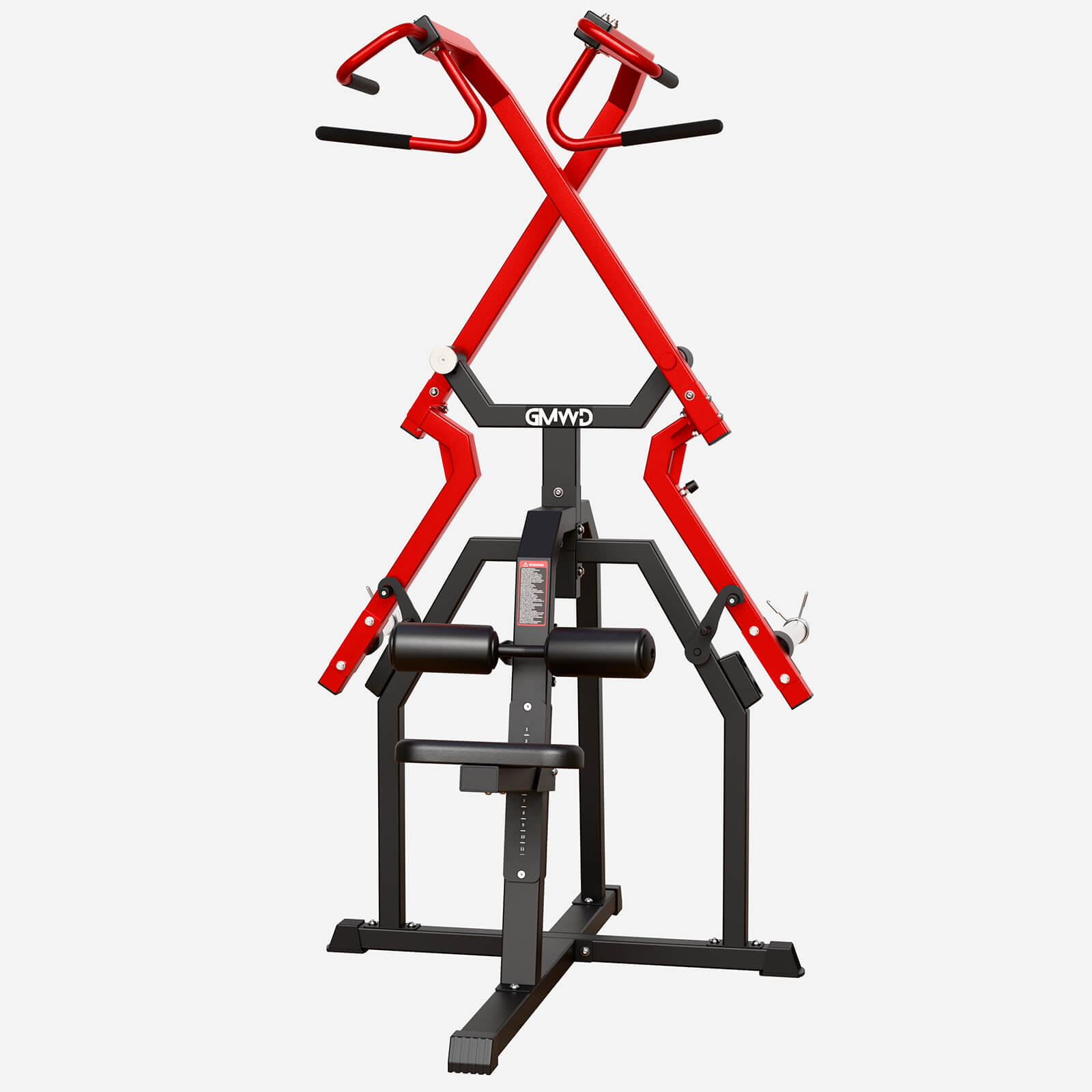
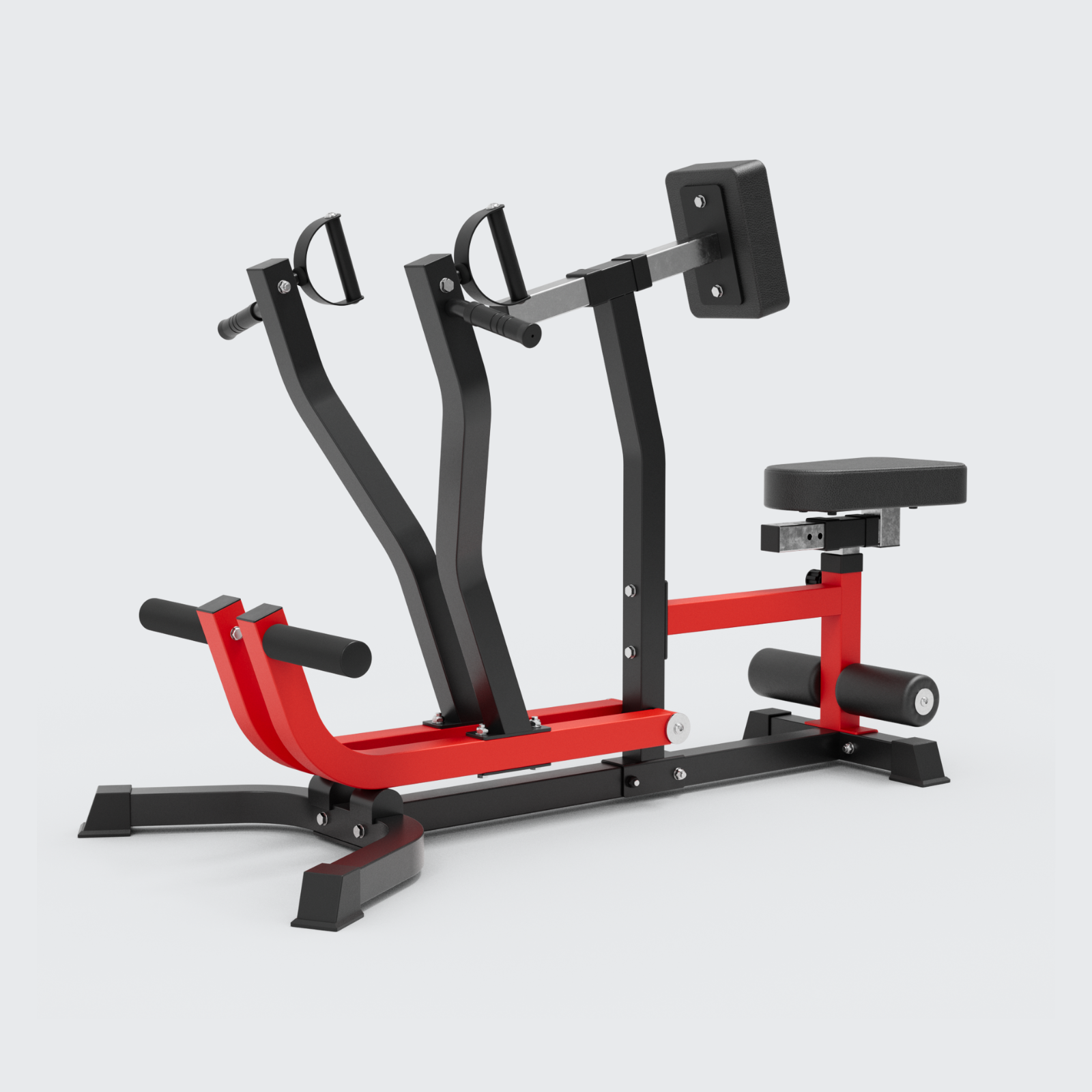
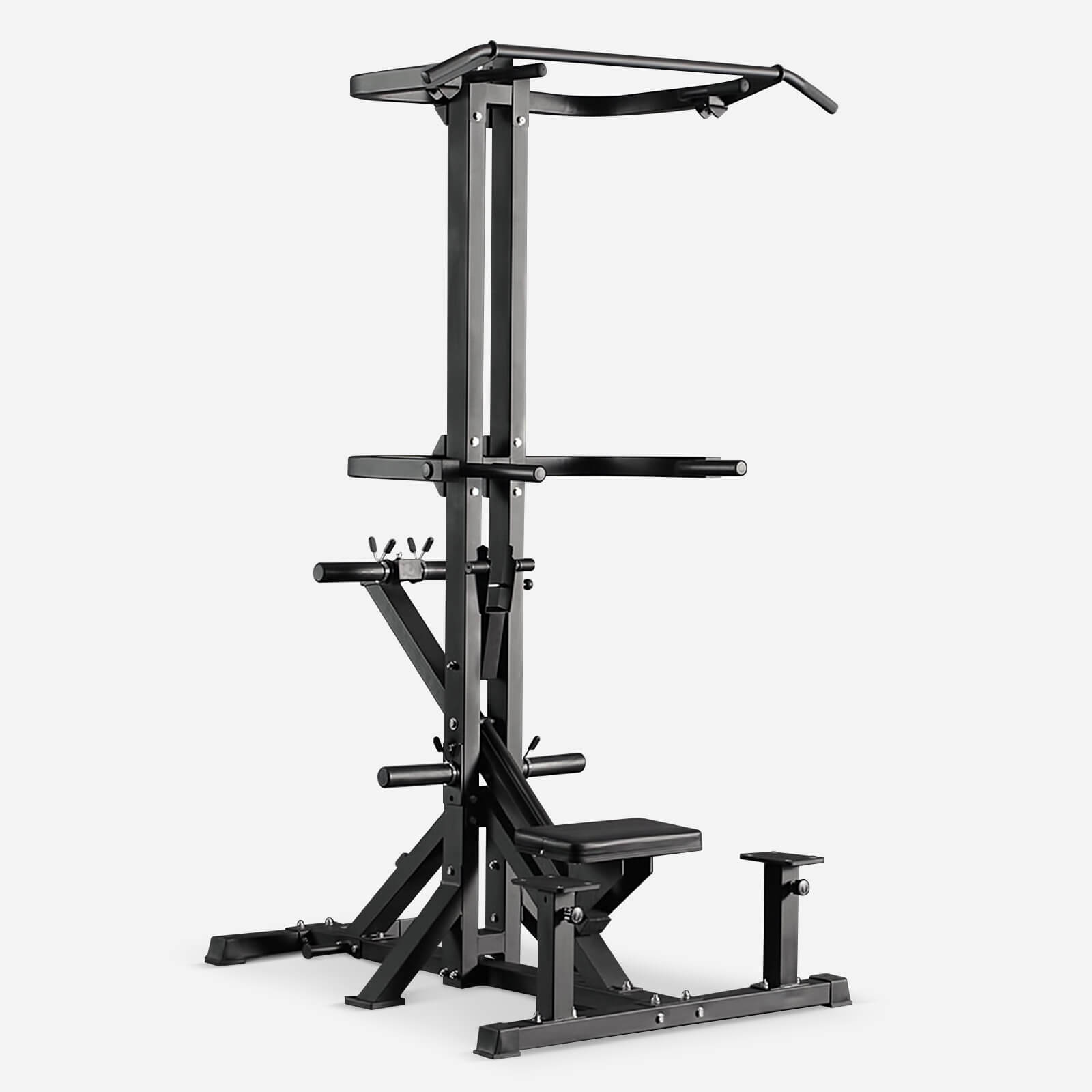
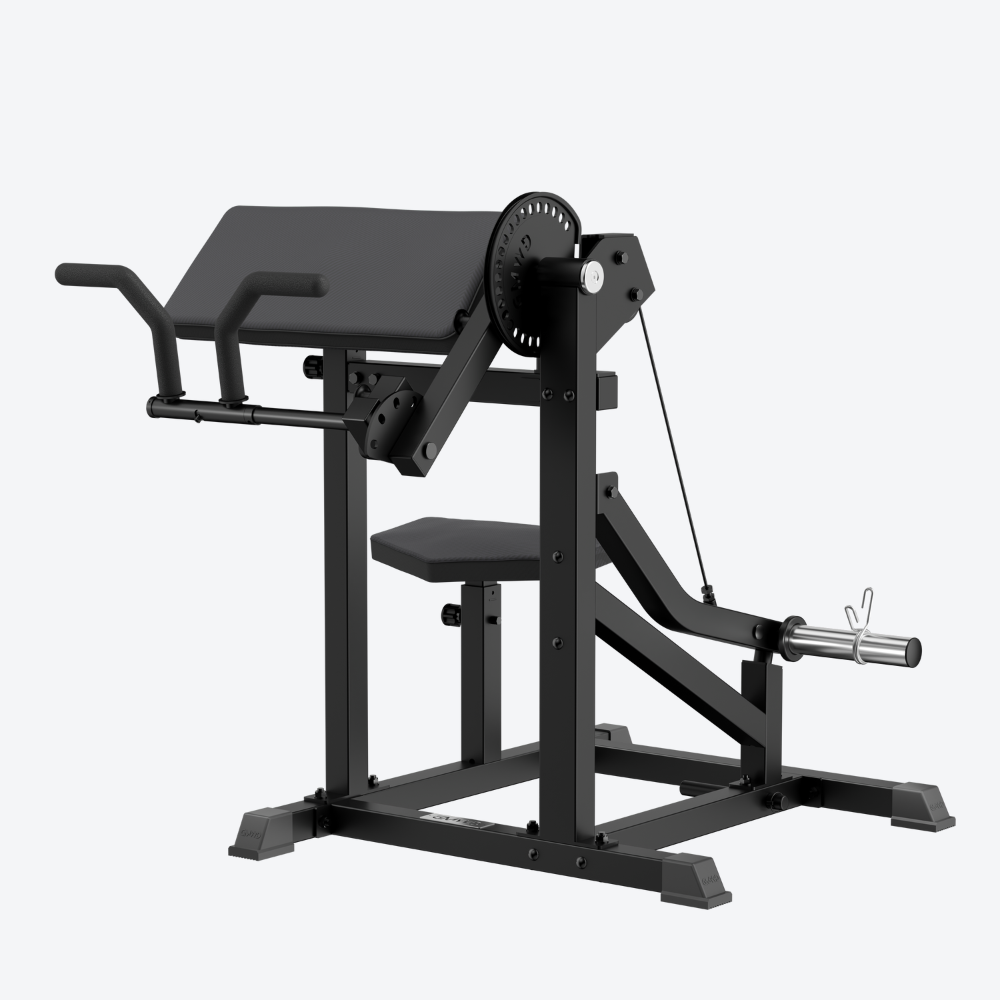
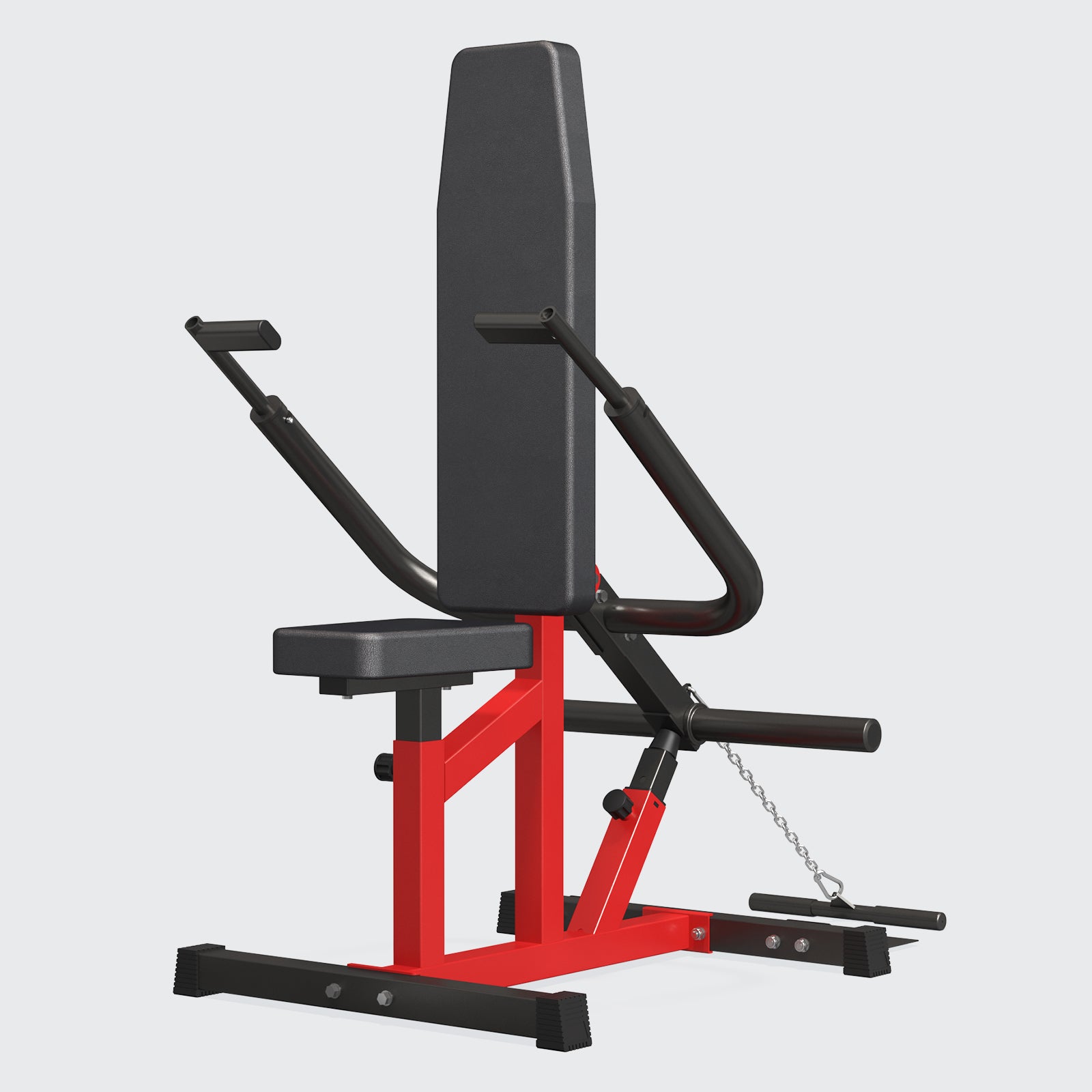
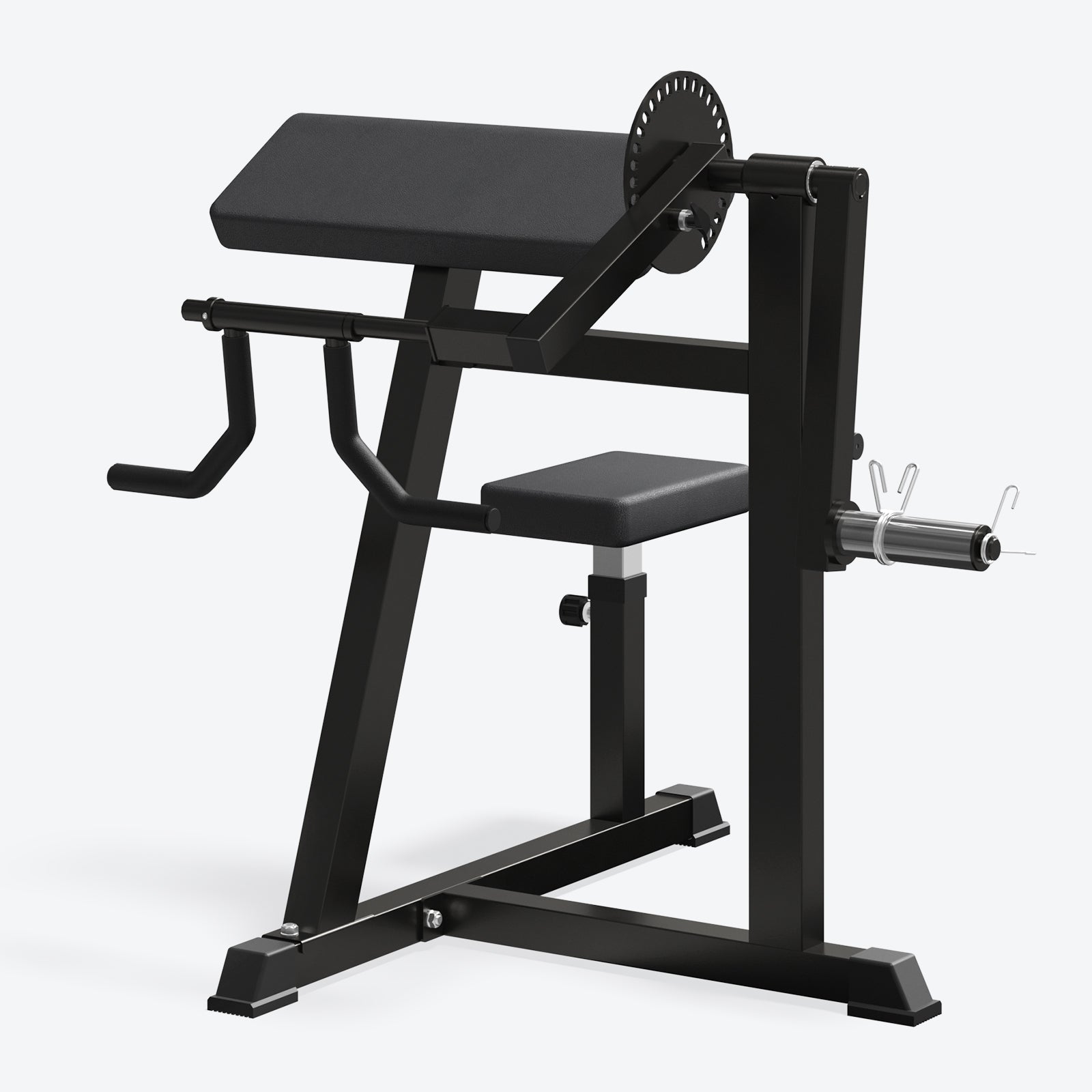
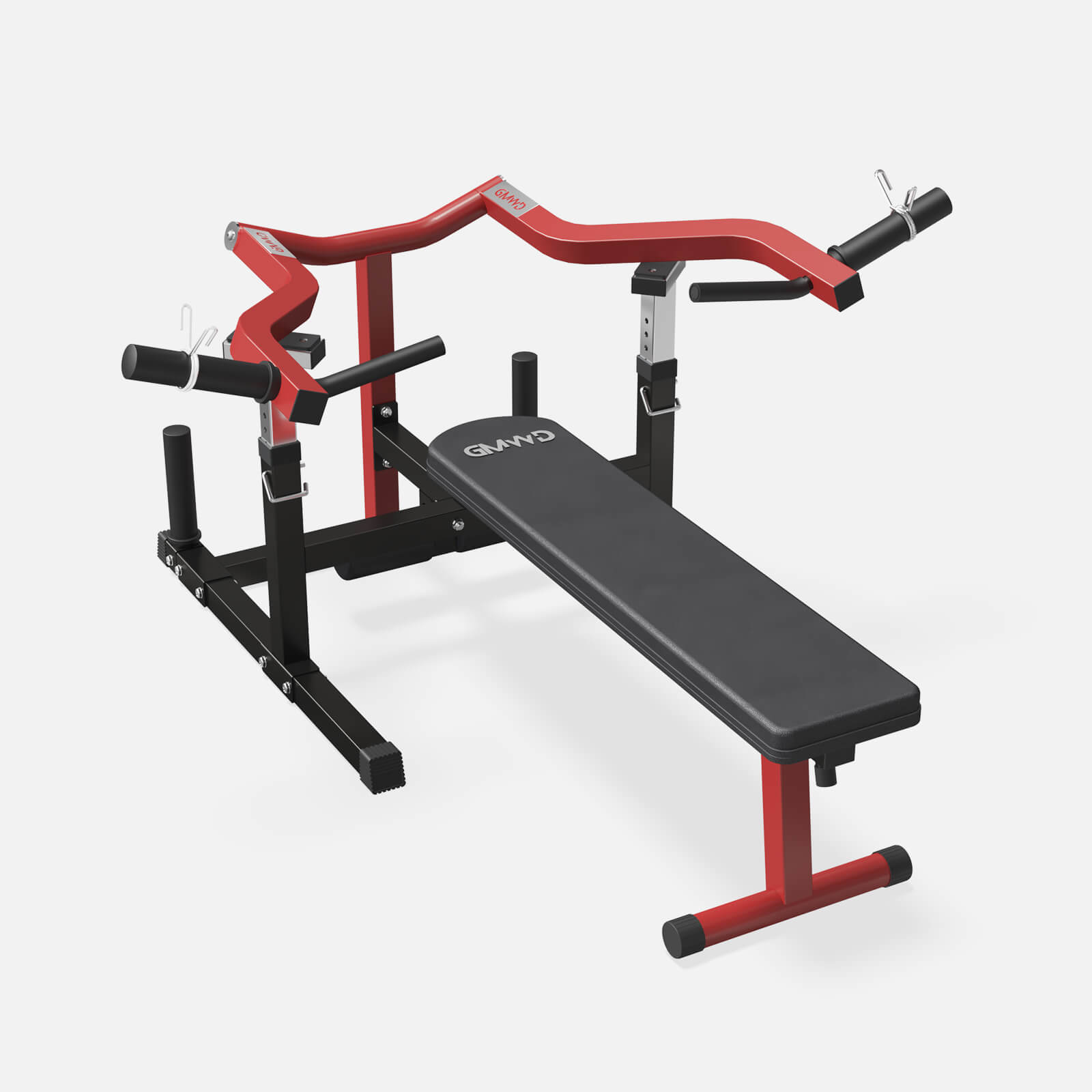
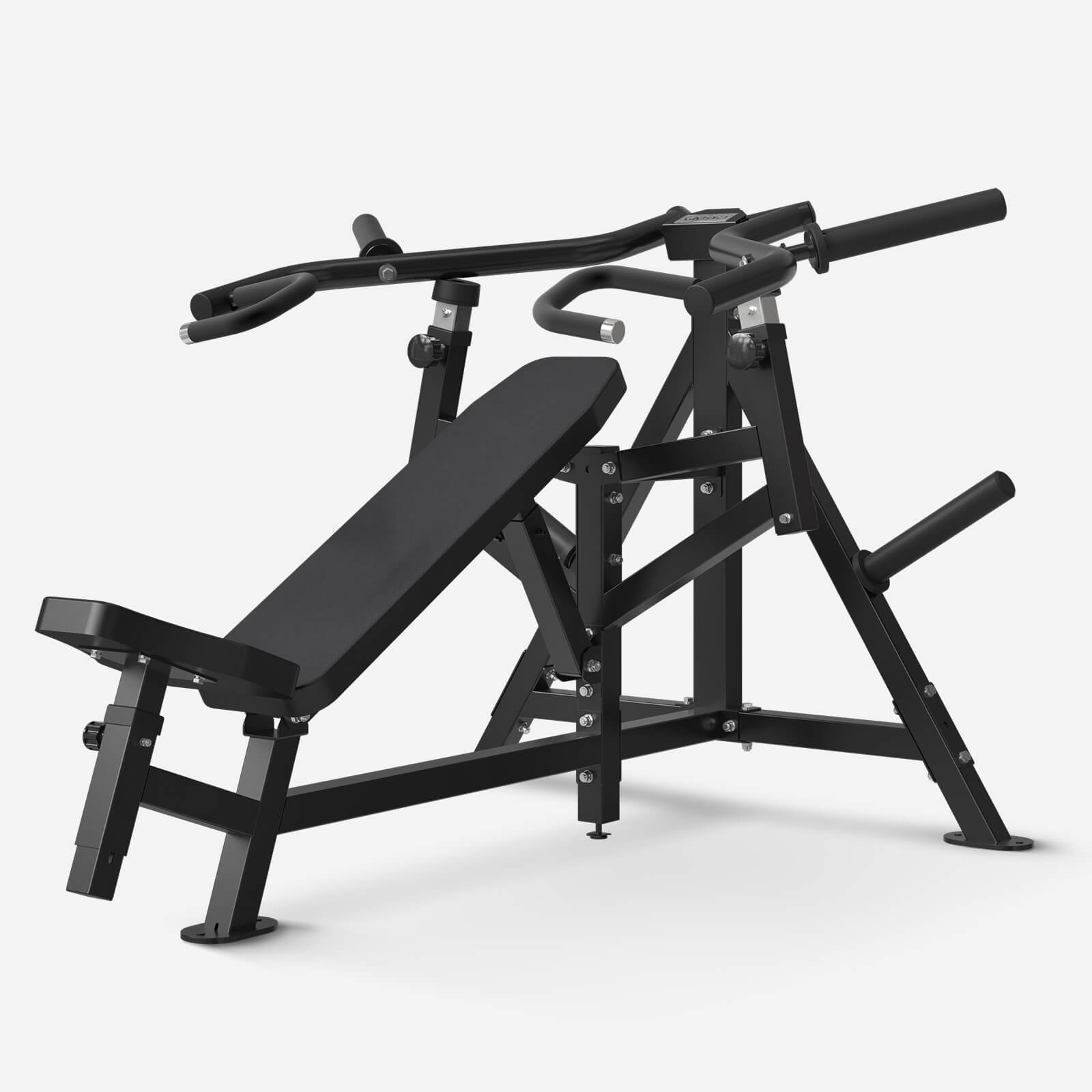
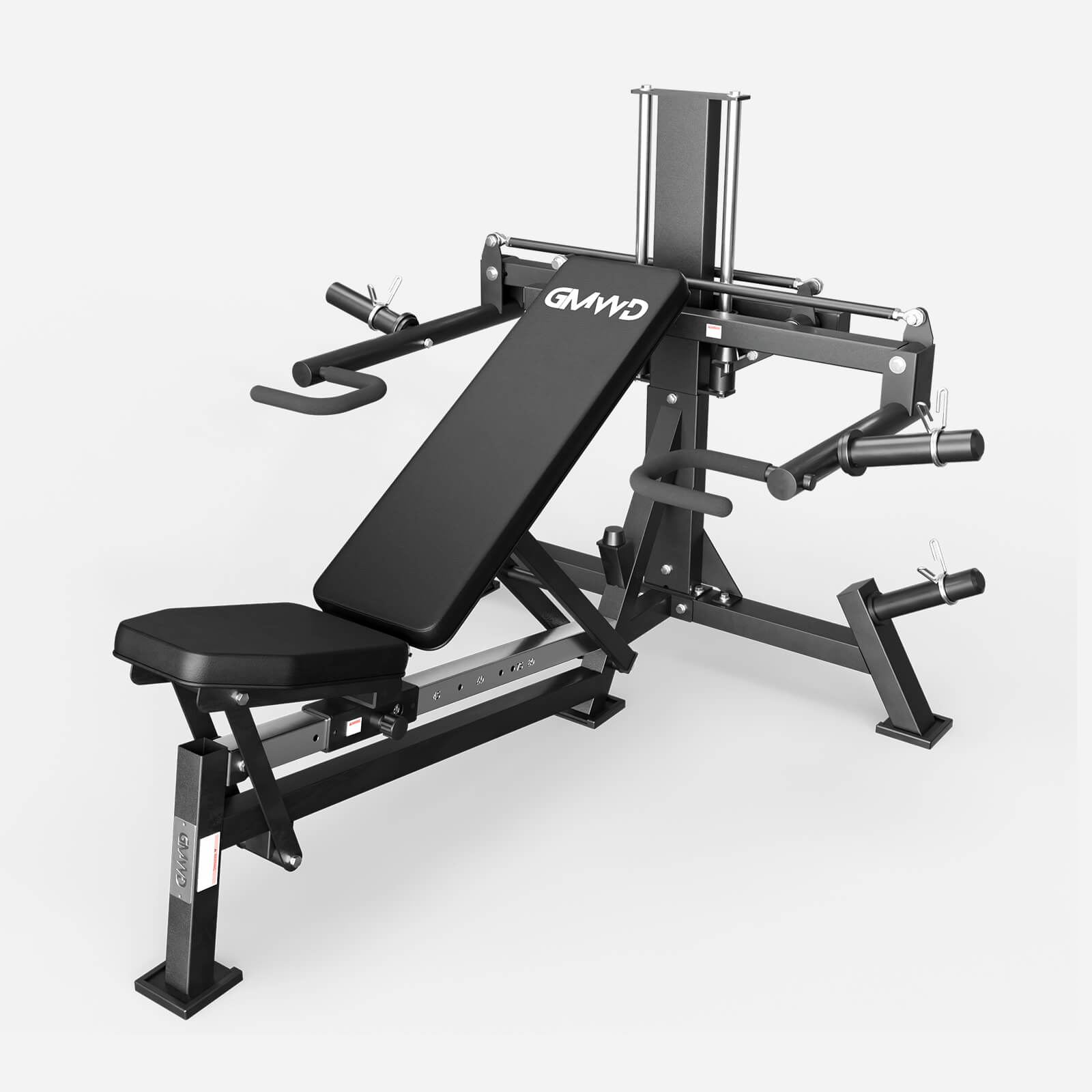
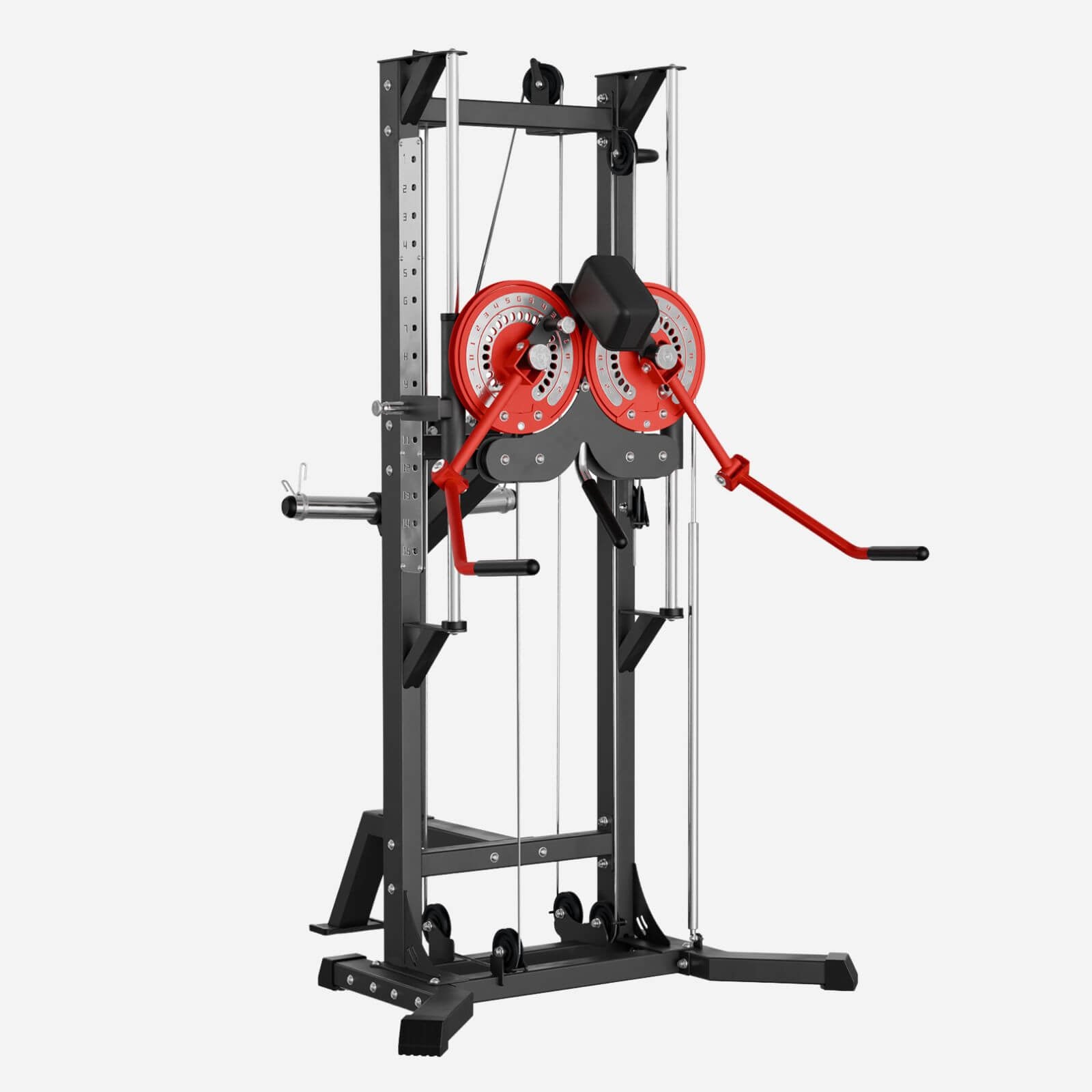
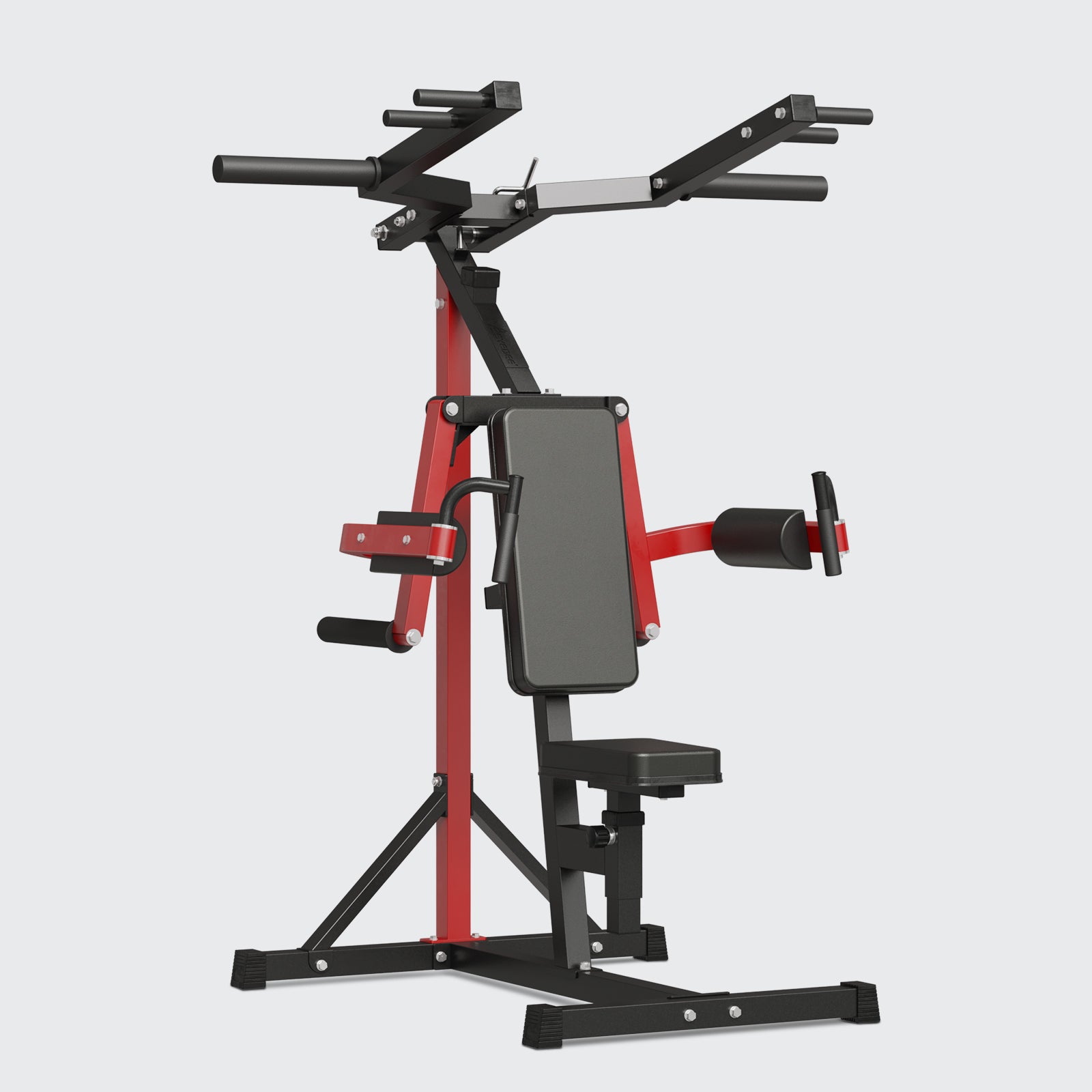
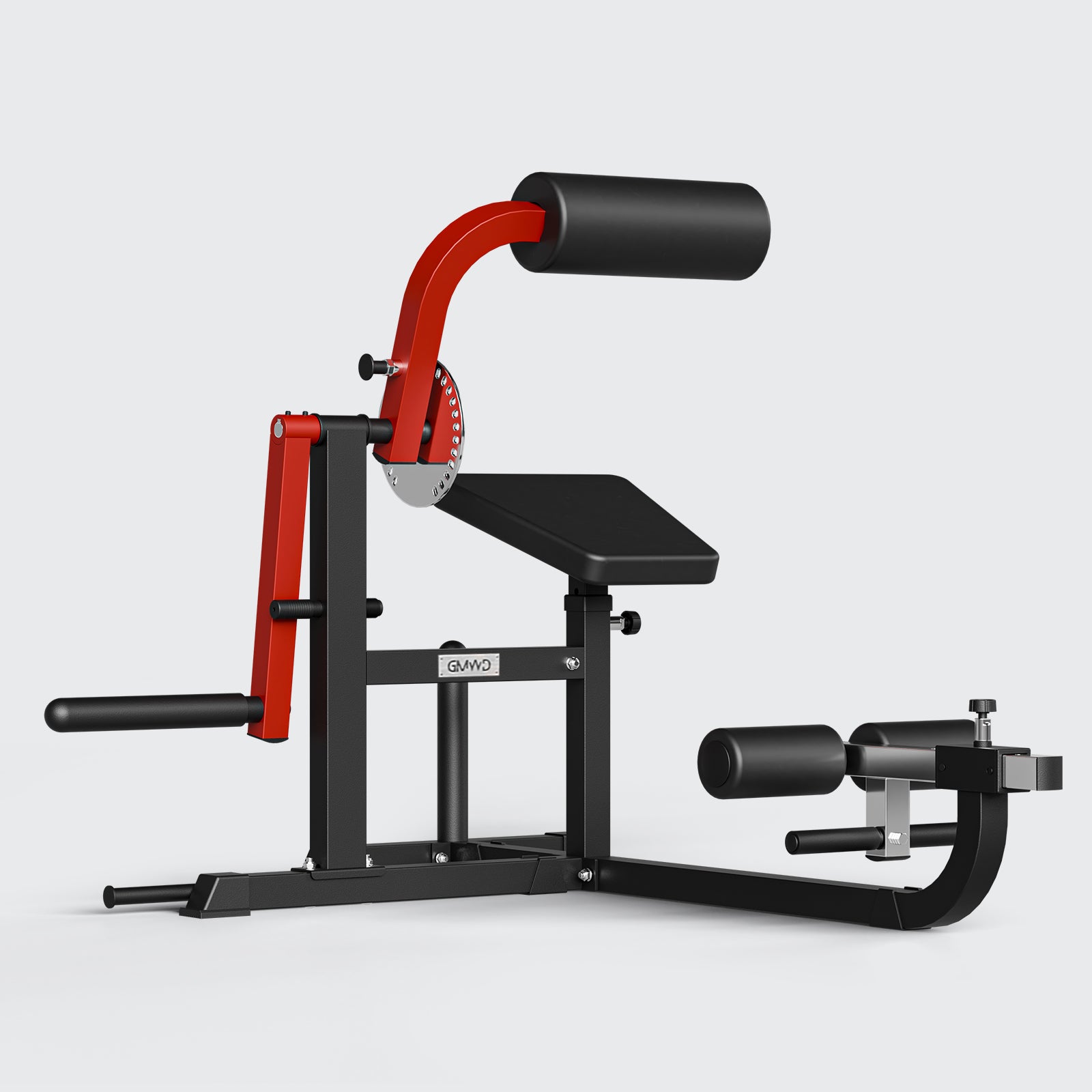
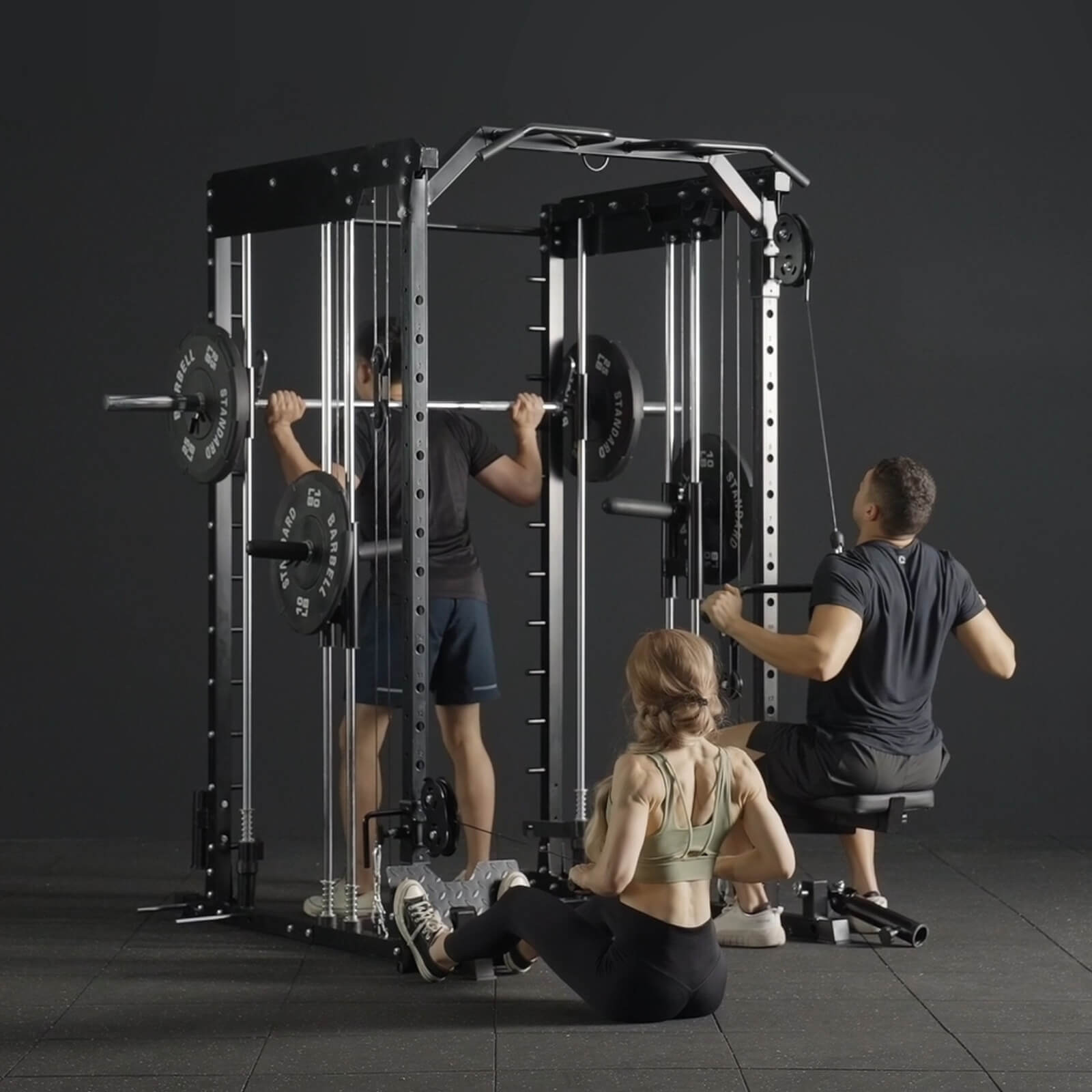
Leave a comment
All comments are moderated before being published.
This site is protected by hCaptcha and the hCaptcha Privacy Policy and Terms of Service apply.